Ashby St Legers: The spectacular house where the Gunpowder Plot was hatched
A house associated with the Gunpowder Plot was splendidly enlarged by Lutyens and is now enjoying a new lease of life as a modern family home, as John Goodall explains. With photography by Paul Highnam.

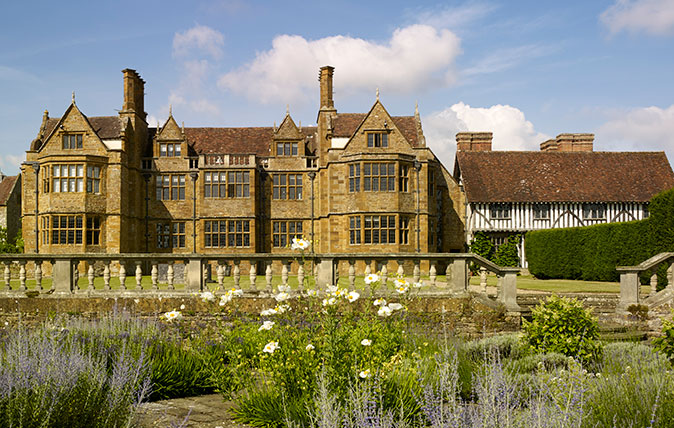
The pretty village of Ashby St Ledgers in Northamptonshire takes its curious name from the dedication of the parish church to a 7th-century martyr and Bishop of Autun, St Leodegar. The manor stands in the shadow of this building at one end of the settlement, its cobbled forecourt opening directly onto the street through the stone piers of an imposing gateway.
Passing through them, the modern visitor must prepare for an almost completely unheralded encounter with a spectacular Edwardian country house conjured from the architectural bones of an ancient manor.
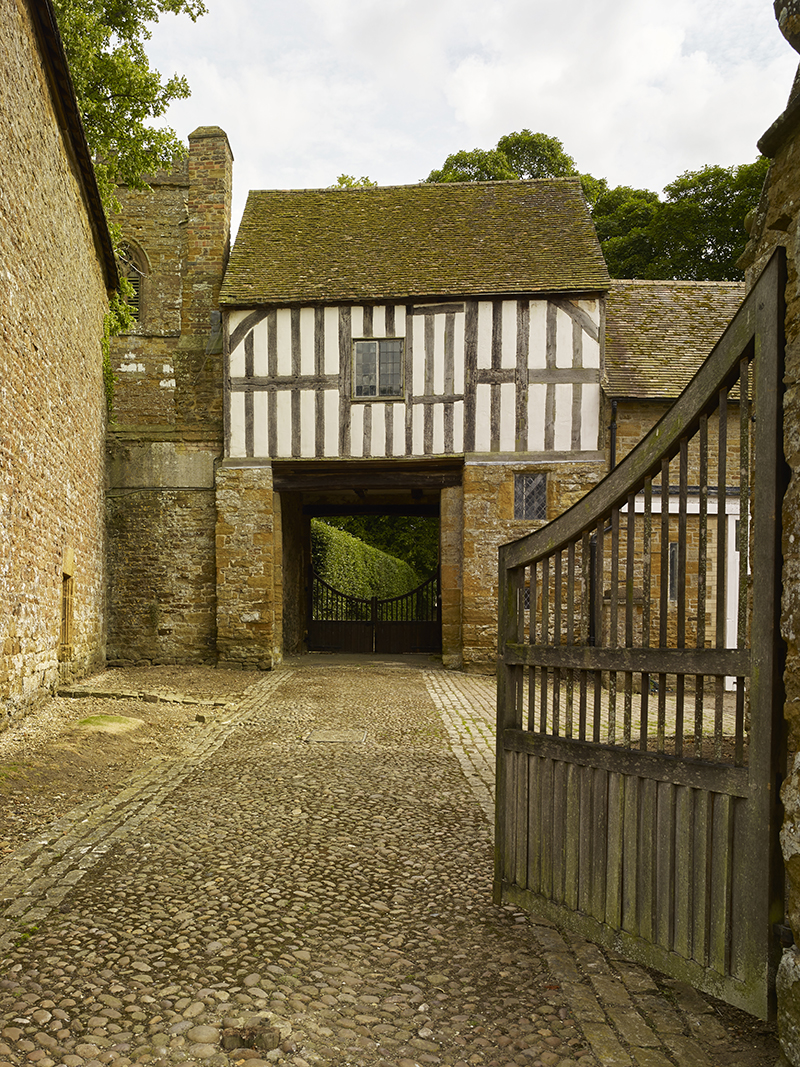
The story of this building properly begins in the 14th century, when the manor came, by marriage, into the hands of the Catesby family from Warwickshire. Probably from the 1390s, it became established as their principal seat and burial place.
The Catesbys’ medieval wealth derived from livestock and the zenith of their political achievement came during the career of William Catesby, an intimate of Richard III and a Speaker of the House of Commons. He was, in fact, notorious as ‘the Cat’, who with ‘the Rat and Lovell our Dog,/Rule all England under a Hog’ and he was executed after the battle of Bosworth in 1485.
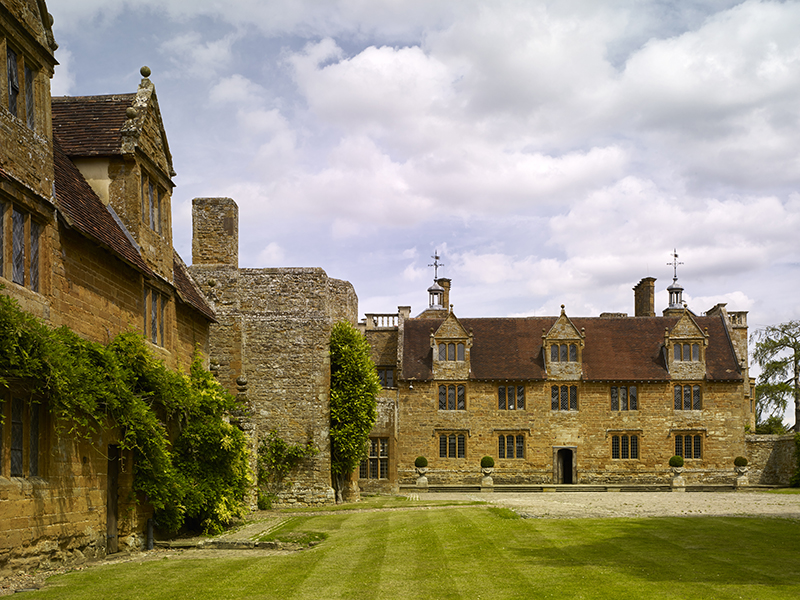
Notwithstanding this reverse, the family prospered in the early Tudor period. Indeed, it was probably then that they created the earliest parts of present manor house, including the richly moulded Gothic doorway in the service range to the right of the entrance court.
Curiously, this range, and the timber frame gateway next to it, both stand on a different axis from the other parts of the house. This may suggest that the medieval manor was laid out on a different alignment.
Whatever the case, its buildings have otherwise completely disappeared. Perhaps they were of timber frame rather than stone and were easily swept away.
Exquisite houses, the beauty of Nature, and how to get the most from your life, straight to your inbox.
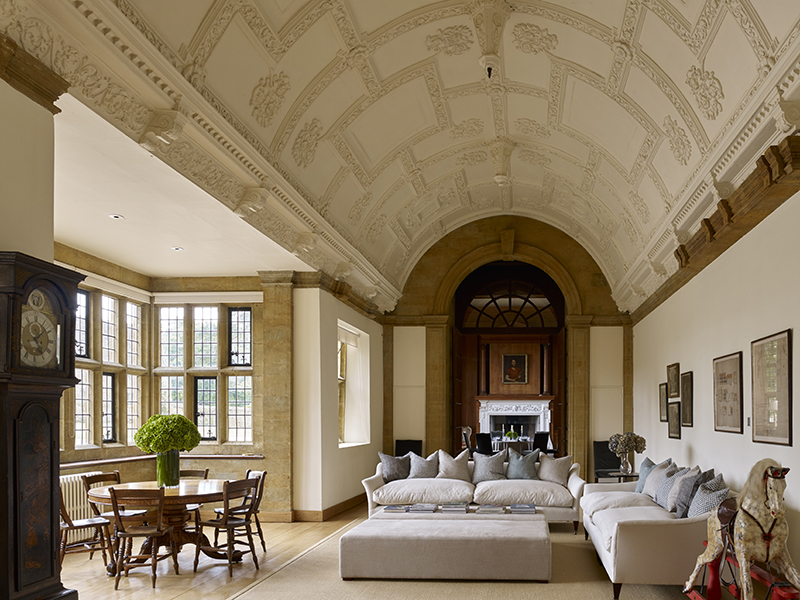
After the Reformation, the Catesbys remained Catholic and probably could not afford to enlarge or adapt the house during Elizabeth I’s reign. The head of the family, Sir William (d.1598), paid heavy recusancy fines and was even imprisoned. Embittered and angry at the government’s policy of repression, his third son, Robert, became the leading figure in the Gunpowder Plot of 1605. According to tradition, he met with the conspirators in the upper chamber of the gate.
Whether or not this association is a romantic fiction, the house did feature in the aftermath of the failed plot. On the day of the intended destruction of Westminster, Catesby invited a group of sympathetic gentlemen together to hunt at nearby Dunchurch.
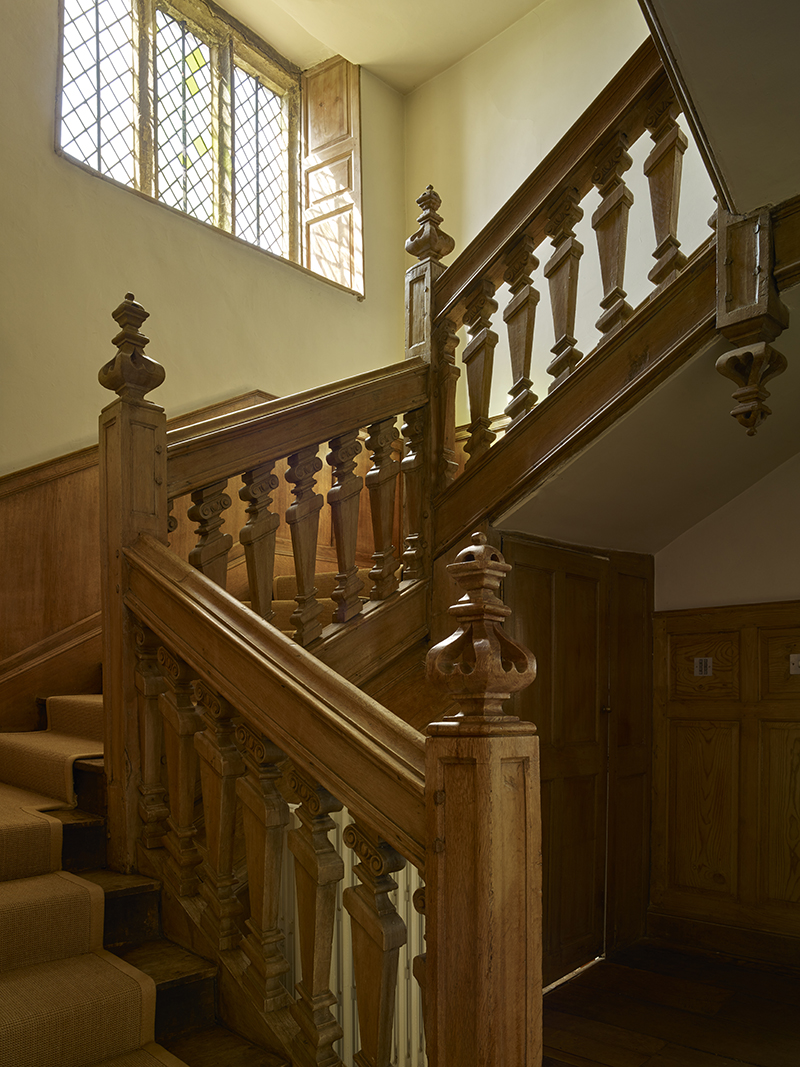
His intention was to motivate them into rebellion with news of the King’s death. Despite the failure of the plot and Guy Fawkes’s arrest, he nevertheless rode out of London with a party of conspirators to meet the hunt, stopping briefly at Ashby St Ledgers on the way. There his servant, Thomas Bate, armed the party with pistols.
It is an unattested, if touching, legend that Catesby waved at his mother while passing the front gates, wanting to say goodbye, but not wanting to implicate her.
When he met up with the hunting party at Dunchurch, its members were alarmed by his news and melted away in the winter gloaming. The remaining conspirators moved on from one Catholic house to another and were finally cornered at Holbeach in Staffordshire, where Catesby was among those killed in a skirmish.
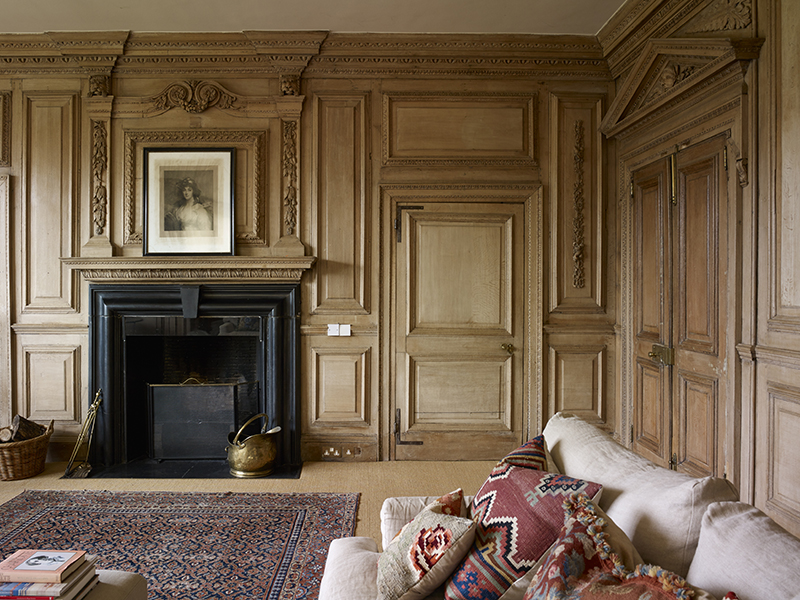
At the time of the plot, Ashby St Ledgers was in the possession of Robert’s widowed mother and was not confiscated. Following her death, however, it passed through the Crown to the courtier Sir William Irwing in 1611.
He immediately sold it on to one Bryan I’Anson, a wealthy Londoner eager to establish himself as a gentleman. His prominent monument in the church pointedly describes him as ‘sometime citizen and Draper of London and… the first purchaser of this manor with the parsonage and vowsen’. It is decorated with his coat of arms (granted in 1605) and was evidently erected in his lifetime because the incomplete inscription lacks his date of death in 1634.
It would be entirely in keeping with his social aspirations if the wealthy I’Anson began the transformation of the manor house he had purchased. Equally, however, credit for this might be entirely due to his son, John. Whatever the case, in the first half of the 17th century, the present main façade of the building was created: a three-storey range built of cut stone with a hall and services at ground level.
To the south-east corner of this building was added a tower, its lower storeys opened out on two sides with tall bay windows. It presumably incorporated the principal withdrawing interiors of the house. Within one of the gables is carved the date 1652.
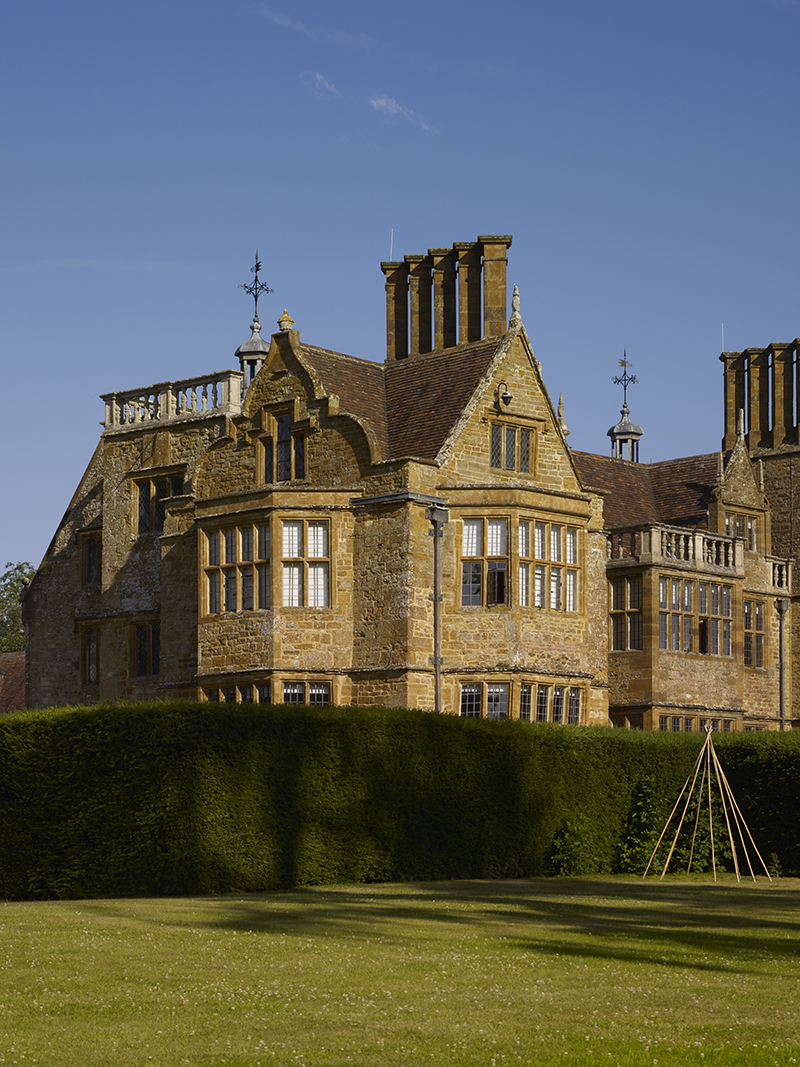
Connecting the tower and the range was a staircase turret rising the full height of the building, its parapet ornamented with a balustrade. This modest composition of hall range, stair and tower may have comprised the entire body of the house. That said, another freestanding building was probably erected at about the same time facing the surviving medieval range across the front court.
The I’Ansons’ fortunes declined disastrously in the late 17th century and, in 1703, the manor was bought from them by one Joseph Ashley. He may have been tempted here by his wife, Jane, a native of Northamptonshire. Nevertheless, their monument in the church (evidently commissioned as a pair with that of a son, Moses, who died in 1740) proclaims him to be a ‘Citizen and Draper of London’ and the purchaser of the estate.
What he, or his heirs, John (d.1761) and another Joseph (d.1798), did to the house is unrecorded. It is hard to believe that this wealthy family, enriched among other things by army clothing contracts, lived in such a tiny and outmoded building, yet, presumably, the focus of their interest was in the capital.
Added to which, perhaps they felt squeezed out: from 1722, another wealthy Londoner, the cattle dealer George Arnold, built Ashby Lodge for himself, on the boundary of the manor (it was demolished in the 1920s when the manor was revived).
In the 1780s, Joseph Ashley planned for the breaking up of his estate between his two daughters. The eldest, Mary, married Sir Joseph Senhouse in 1787. Sir Joseph’s Cumberland family owned large estates in Barbados and the couple seems to have had little to do with Ashby St Ledgers. When Mary was widowed in 1828, however, she occupied the manor as her dower house. It was almost certainly at this time that she enlarged the building with new porches to the front and back and new reception rooms.

The style she chose was neo-Jacobean, a reference both to the existing architecture of the house and its association with the Gunpowder Plot. Its celebrity in this latter regard also presumably explains the decoration of the cellar door with a lifesize oil painting of a ‘herculean figure’ brandishing a club (according to the antiquarian Brian I’Anson in a privately published history of 1915). He must have been jokingly intended to deter a potential Guy Fawkes.
After Mary’s death in 1850, the house continued to develop. Some impression of its state in 1902 is supplied by the advertisements placed in Country Life when the Senhouse family finally determined to sell the property.
It was then ‘a genuine specimen of early Tudor architecture’ comprising a ‘large front reception hall, richly panelled in dark oak, four other handsome reception rooms similarly fitted, eleven principal bed and dressing rooms, bathroom and waterclosets… commodious domestic offices and cellarage; the stabling, which has been recently erected at great cost, embodies all the best modern improvements… and affords accommodation for nineteen horses… The pleasure grounds are extensive [with] tennis courts, croquet lawn, two vineries and greenhouses besides land and property with an annual rental value of £3,190.’
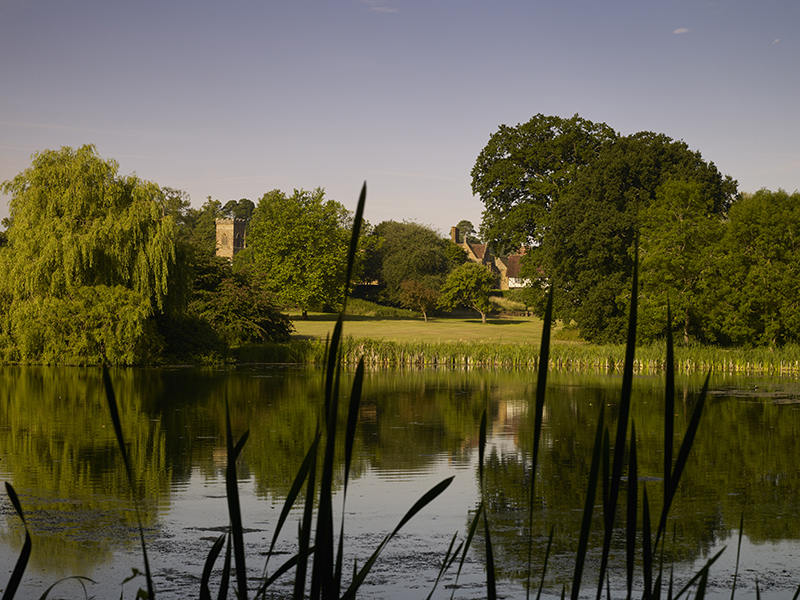
Ashby St Ledgers was purchased the following year by the Hon Ivor Guest, who had just married the Hon Alice Grosvenor. They were extremely well connected and Guest had entered the House of Commons in 1900. Significantly, their new house placed them within the orbit of the Pytchley Hunt, a focus of political life. He was athletic and interested in the Arts, but was not popular – ‘one must suppose that God knew best/When He created Ivor Guest’ mocked the guests at one Society dinner party.
In 1910, Guest assumed the title of Baron Ashby St Ledgers and he succeded to his father’s title, Baron Wimborne, in 1914. Four years later, while Lord Lieutenant of Ireland, he was created Viscount Wimborne.
In 1903, the newlywed couple immediately embarked on plans to enlarge Ashby St Ledgers with the help of the architect Edwin Lutyens.
Later in his career, Lutyens might have turned his back on such a patron. Wimborne had ideas of his own and was determined to realise them. In fact, despite vehement disagreements – in which Lutyens was usually worsted – they seem to have got on well. He worked on the house for the next 40 years, his longest relationship with any one building. He also worked in the village and, after Viscount Wimborne’s death in 1939, designed a fine memorial for him in the churchyard.

Country Life published an authoritative account of Lutyens’s work at Ashby St Ledgers in four consecutive issues from July 27, 1951, summarising his incremental changes between 1903 and 1938. His first initiative was to copy the details of John I’Anson’s tower of 1652 and create a grand new garden façade, incorporating the principal bedrooms above a drawing room and central music room (the latter with a surviving ebony floor of extraordinary beauty).
He also recast the entrance court, removing the front porch and constructing a new range towards the freestanding 17th-century building on the north side of it. In 1924, this new range was further extended with a tower. All this work was executed in rubble masonry, which blended with the cleaner-cut historic stonework. Behind this screen of buildings, he created extensive kitchens and services.
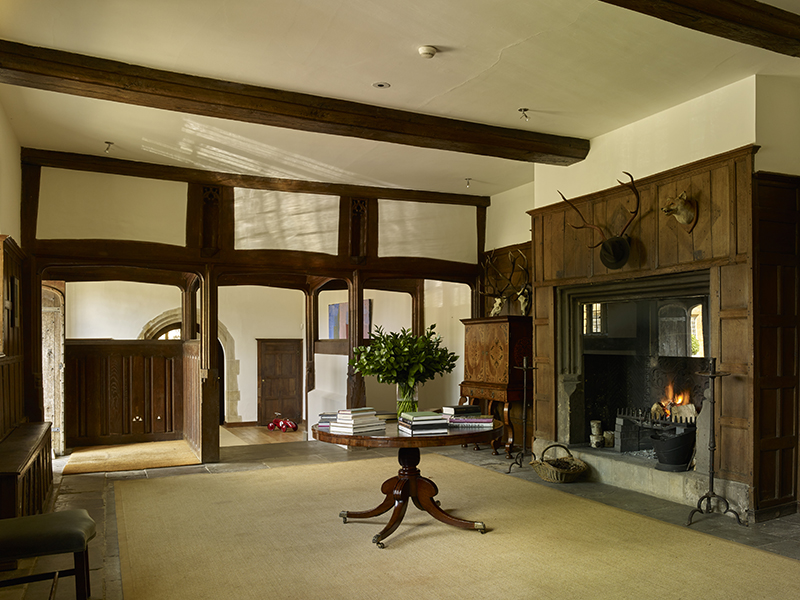
The logic of these changes only really becomes apparent when the visitor walks into the house through its remarkably small and understated front door. They enter an internal wooden porch, part of a screen that crosses the full width of the 17th-century range. The ground floor of this interior – the Jacobean hall and services – has been completely cleared.
To the right is the main hall and a door into the garden. To the left, however, Lutyens excavated out the original floor to create a loftier interior, entered down a flight of steps. This trick of creating height by digging down is used throughout the ensuing series of rooms.
Beyond is a tall and narrow interior, the stone hall. On an axis with this interior is a drawing room (formerly a dining room and planned as a library) covered, to Lutyens’s annoyance, by a neo-Jacobean plaster ceiling. At the end of this is another dining room within the tower of 1924. This panelled interior is neo-Classical in character, but, strikingly, adopts Jacobean grid windows.
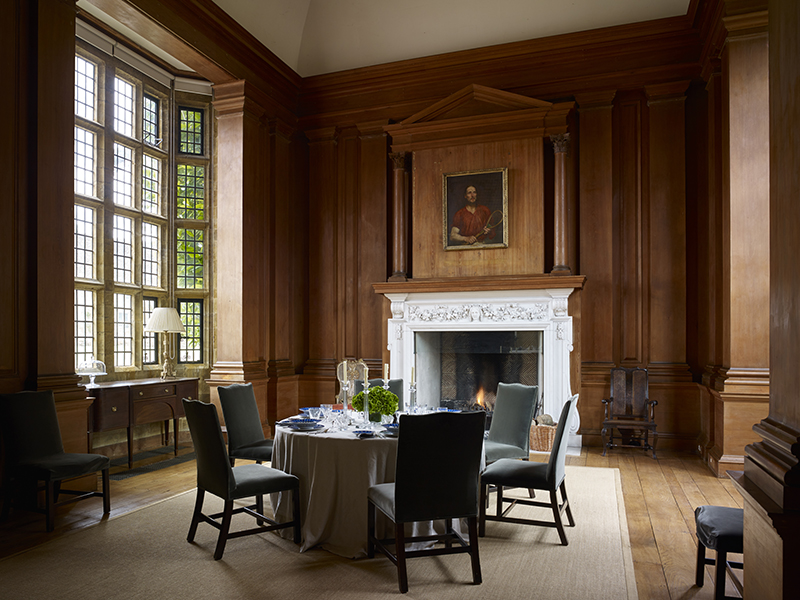
Historic fittings for the house were bought for the new interiors from various dealers, including Gill & Reigate of London. Among the things they supplied was an entire medieval timber-frame house from Carr Street in Ipswich that had been exhibited at White City in 1908. An indignant Lutyens was forced to incorporate this structure into his designs as a wing. The interior is a notable monument to the little-appreciated late-Victorian and Edwardian taste for Tudor architecture.
The late 20th century witnessed the partial destruction of Lutyens’s interiors and, in 1976, the 3rd Viscount Wimborne sold the estate. Then, in 1998, after a period of neglect, it was bought back by the 4th Viscount, whose remarkable restoration of the property was described by Jeremy Musson in Country Life in November 2004. He in turn decided to sell it and, in another remarkable twist, it was purchased by Viscount Wimborne’s first cousin and so has remained in family hands.
The new owners, Henry and Nova Guest, have now revived the manor as a family home and plan to make this extraordinary house available as a venue for 21st-century events and private entertainment.
Visit www.ashbymanorhouse.com for more information.
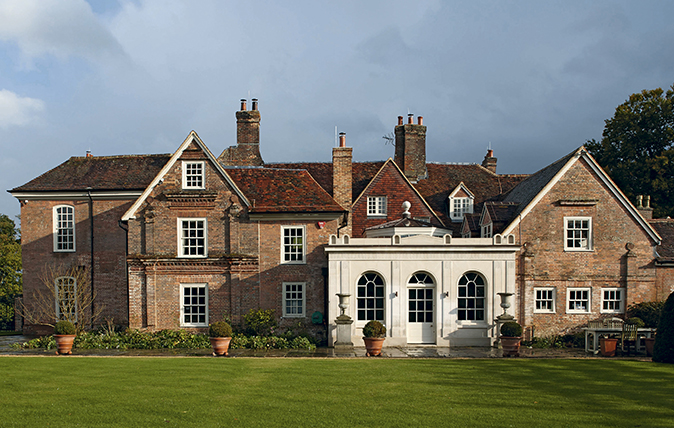
Reimagining your home: extending historic buildings
John Goodall looks at different approaches to the successful extension of historic buildings.

Credit: Alamy
250 years of Bath’s Royal Crescent: From Druidic influences to big screen fame
2017 marks 250 years since the first foundation stone was laid.

John spent his childhood in Kenya, Germany, India and Yorkshire before joining Country Life in 2007, via the University of Durham. Known for his irrepressible love of castles and the Frozen soundtrack, and a laugh that lights up the lives of those around him, John also moonlights as a walking encyclopedia and is the author of several books.